



Overview
Chat Bots are the ongoing trend in the age of Artificial Intelligence, where AI is no longer a futuristic notion, it's everywhere. Bots are the engaging fundamental for the customers. They are the face of the product or a service. Conversational experience needs designers to jump in, take risks and create something new. A satisfying experience that resonates user needs is a better design strategy to enhance Business leads. So, the bottom line is “Business who believes designing a better UX for Bots will grow, the rest will fall behind!” Which side are you on?
Improving communication flow of Bots by giving them a personality bridges, the gap between human and computer interaction reduces. Natural dialog develops the sense of trust about the brand and hence improves the experience. Creating personality of a Bot by giving a name, avatar, tone of conversation makes it unique in the market.
The Stereotype Bot and a Personal Assistant creates a lot of difference in guiding a user for the next step. Giving a Name, Character and a Unique style of conversation enhances Personality and makes it meaningful for users to communicate further. Since these bots are designed for humans, it should look and behave as human.
Relive the Nostalgia!
The personality of Bot matters a lot. We remember this guy who is Cortana’s distant relative named “Clippy”. Clippy was ostensibly designed to help user write easily by avoiding unnecessary caps, grammatical errors, punctuations, etc.
We easily remember him however annoying that assistant was! The impression of Clippy was long lasting. We see some of the great players are in the market as Amazon Alexa, Siri, Cortana and the Google Assistant!
These are designed with specific purpose and we can easily communicate and relate to our concerns and requirements.
-
Pre-defined Flow (one by one) vs Free Flow (Random)
After Casual Talk (Hi/Hello) we chat about Business Talks (booking a Movie Ticket, Flights, etc.) In pre-defined flow, Bot keeps asking questions one after another and makes the process lengthy, while in the free flow it’s a crisp and simple process.
-
How bot behaves when User changes their mind
Human brain keeps changing their decision frequently, Bot should be clever enough to understand. A predefined flow will end up asking questions and won’t able to answer if the user changes his decision which leads to Bad UX by asking the user to start over.
-
How Random-Access-Navigation enhances Customer Experience
A crisp and simpler chat is more meaningful as we are here to save people’s time. Pre-defined structure is rigid, while Free Flow is flexible. Users should be able to deal with Bot as how he deals in real-life.
-
Prototype your bot with users answering pattern & keep refine conversation practice
Iterating with new conversation flow and microcopy, helps to develop the tuning with users. Knowing user’s intention with errors is a challenging NLP (Natural Language Processing) training.
Many synonyms, typos, conversational pattern and subject matter vocabulary is supposed to be added to the Bot so that it replies correctly and meets the User expectations.
It might address the following issues-
- Spelling and grammar check
- Finding synonyms, antonyms, homonym, acronyms, etc.
- Parsing information from the internet.
- Understanding meanings of words, phrases, sentences, documents, and queries.
- Machine Translation (e.g. Translate text from English to Hindi).
- Question Answering and doing tasks (e.g. scheduling appointments, ordering a laptop, Booking Tickets, etc.)
Conclusion:
The bot is expected to understand errors and correcting them, even if it's users mistake. It’s the Bots responsibility to recover and understand from the incorrect input and trigger down into a suitable path.
Bots can become clever & human-like, and thus users may get addicted to their intelligence. Hence, following a proper informative study & involving better User Experience Design methodology, your Bot will be more engaging to your audience.
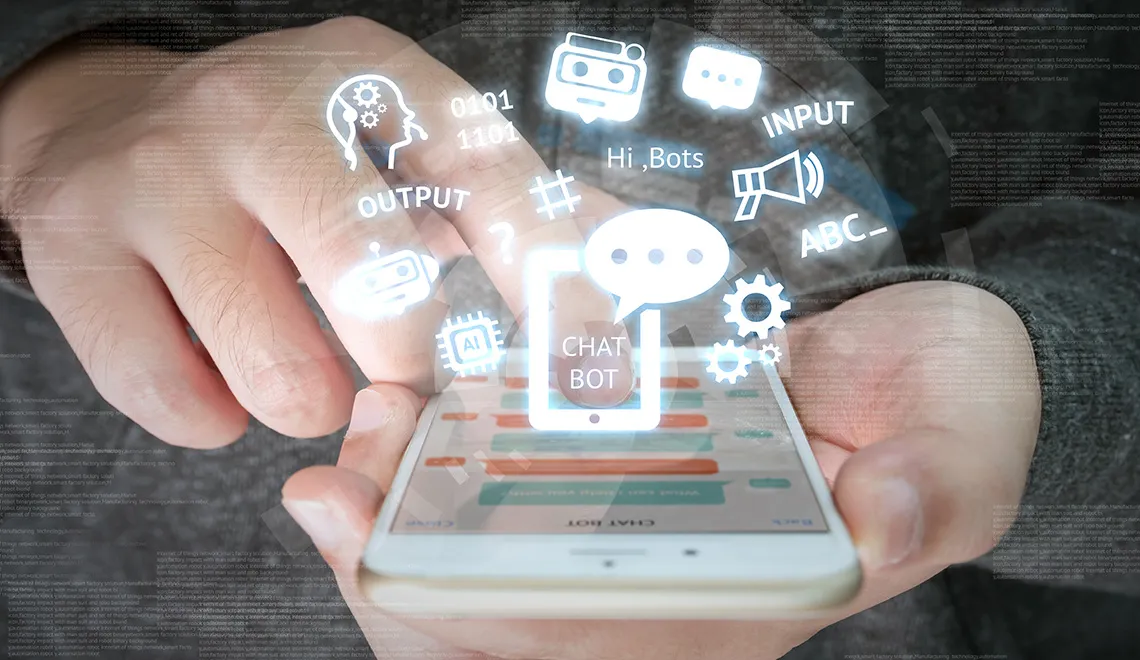

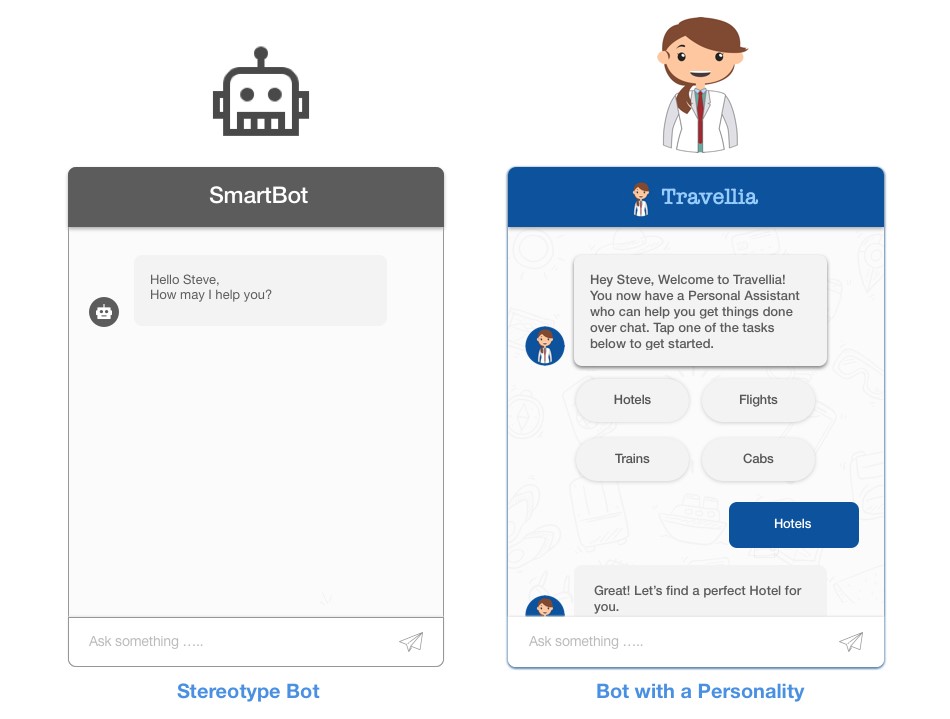
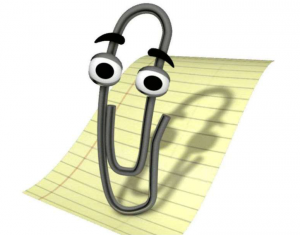
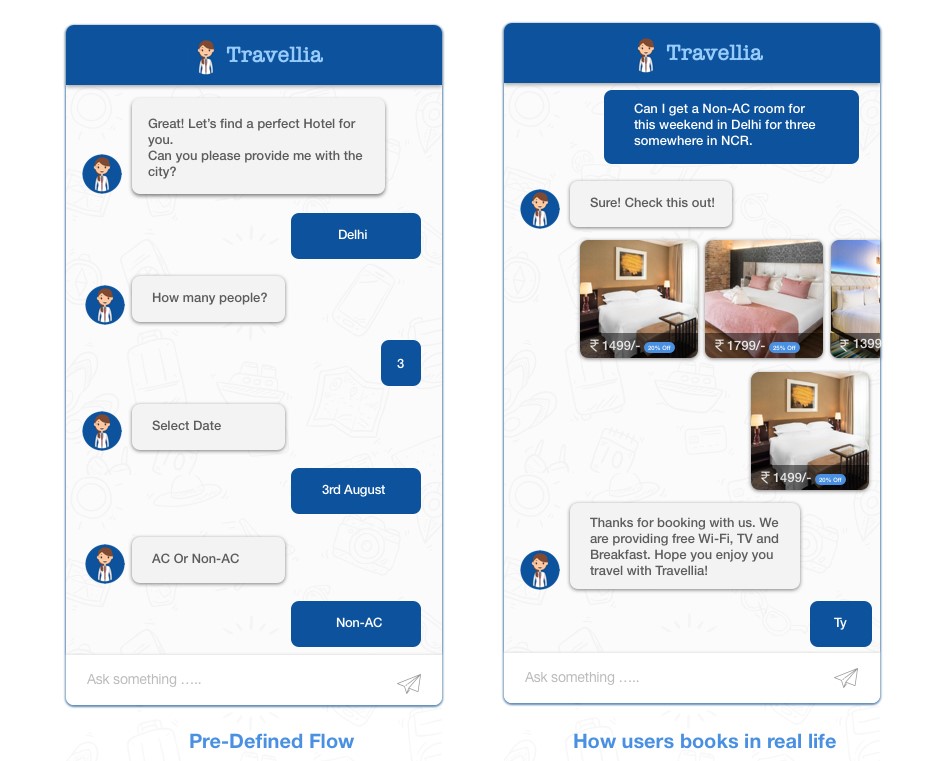
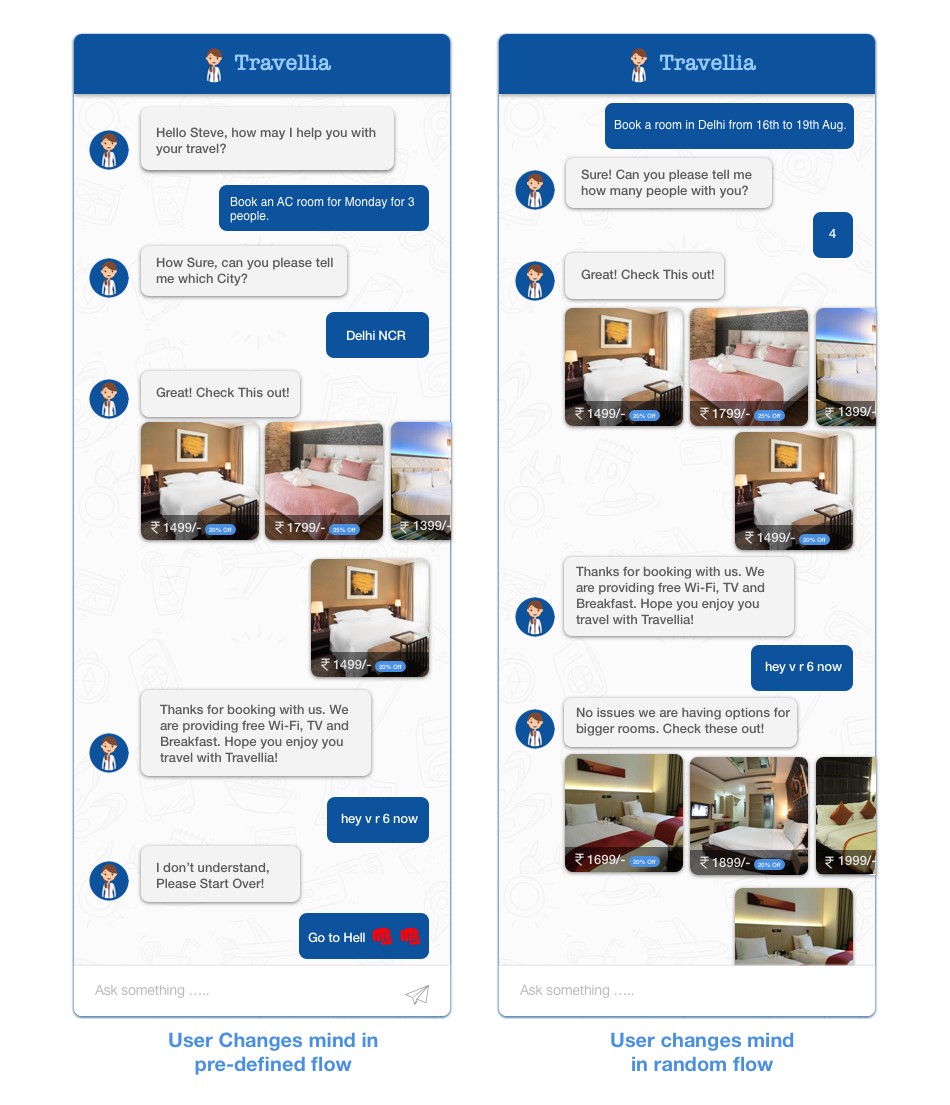

 View Previous Blog
View Previous Blog




